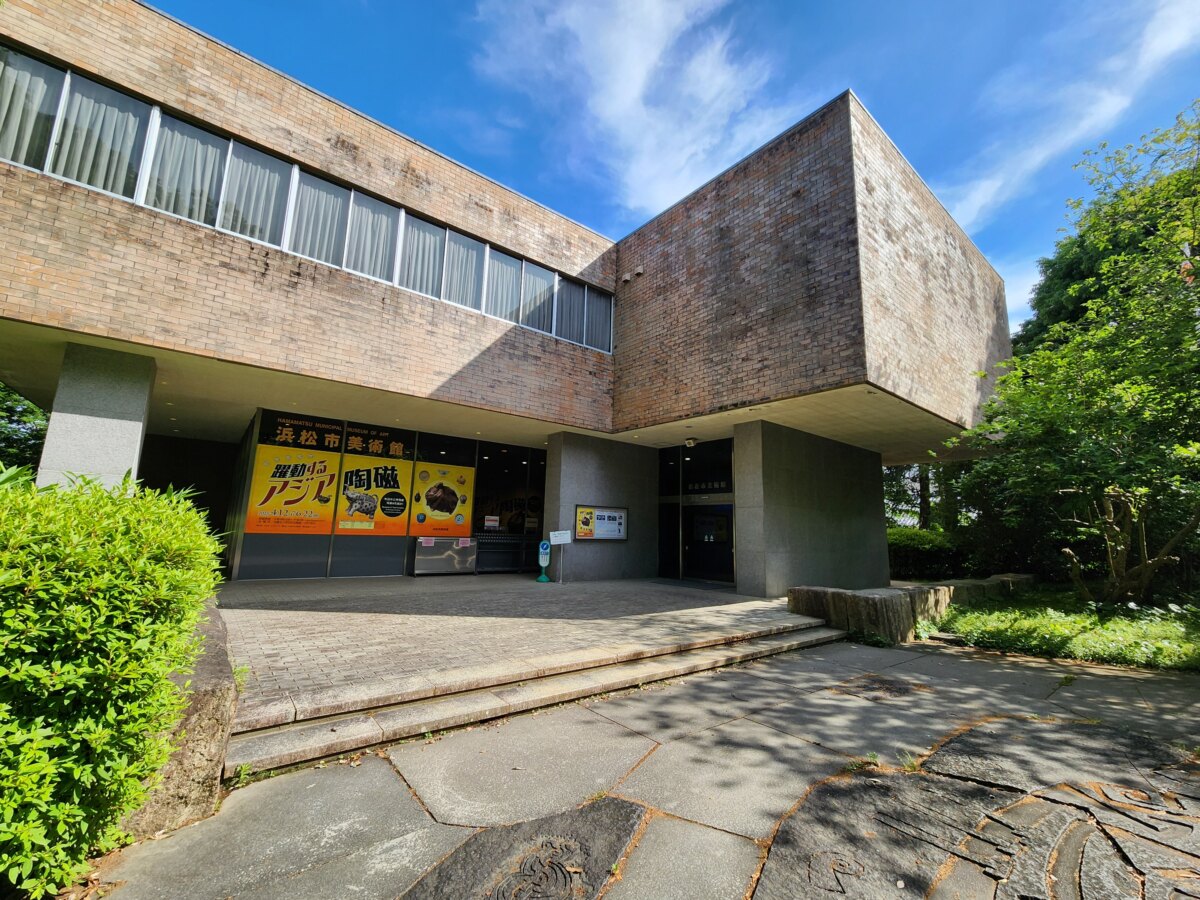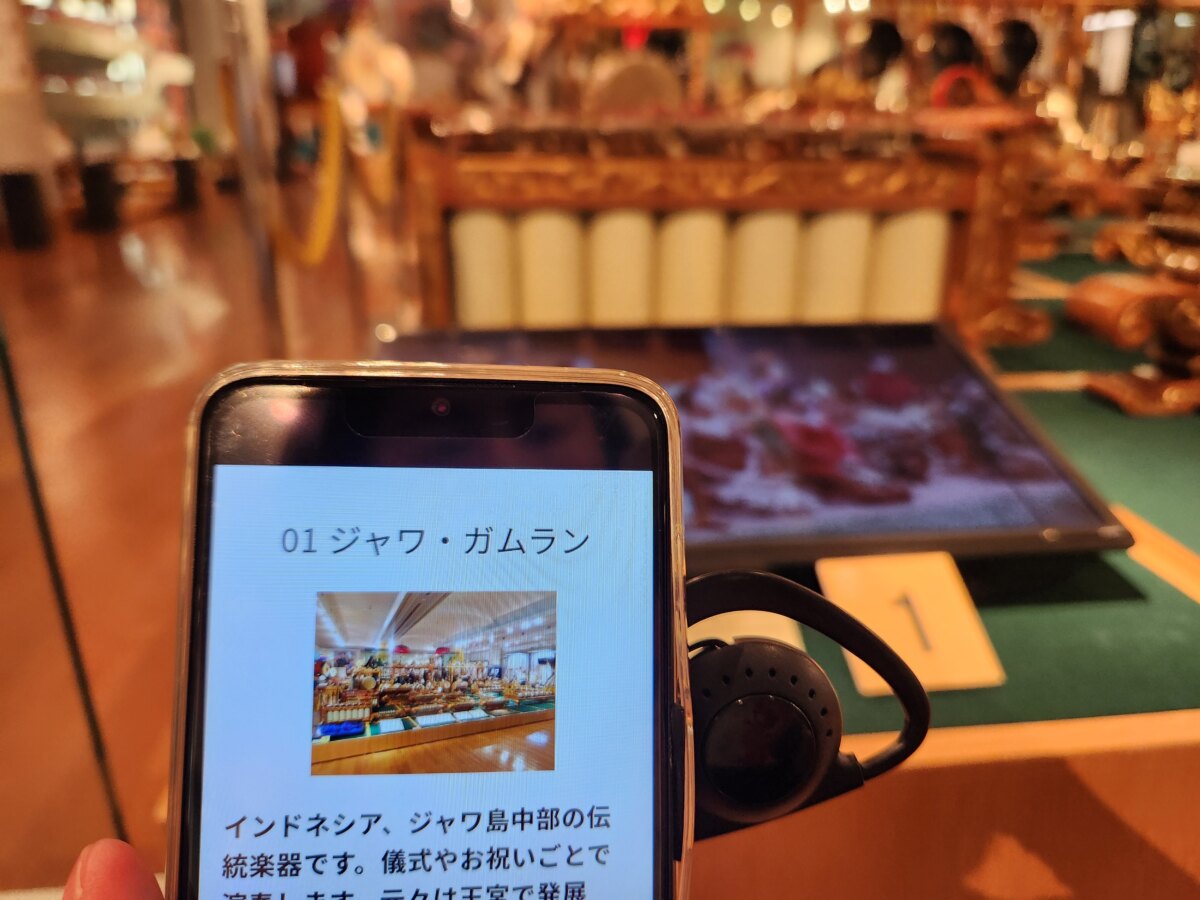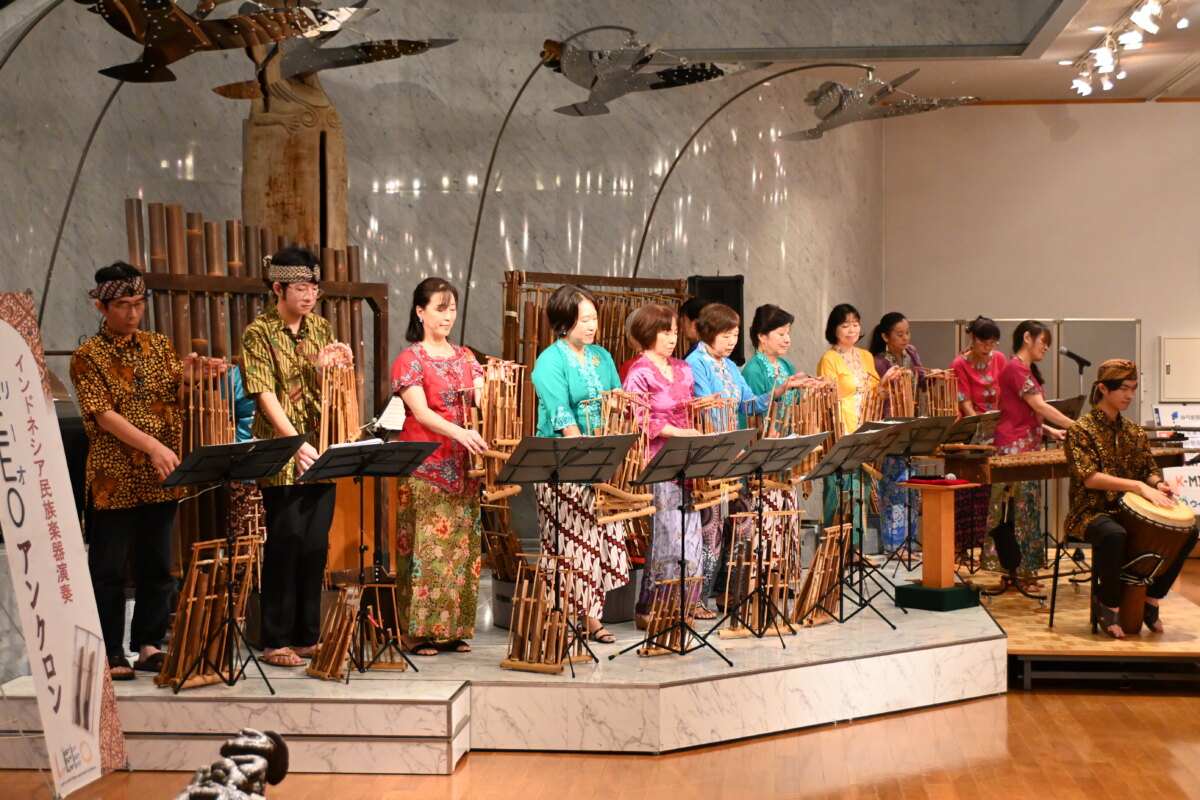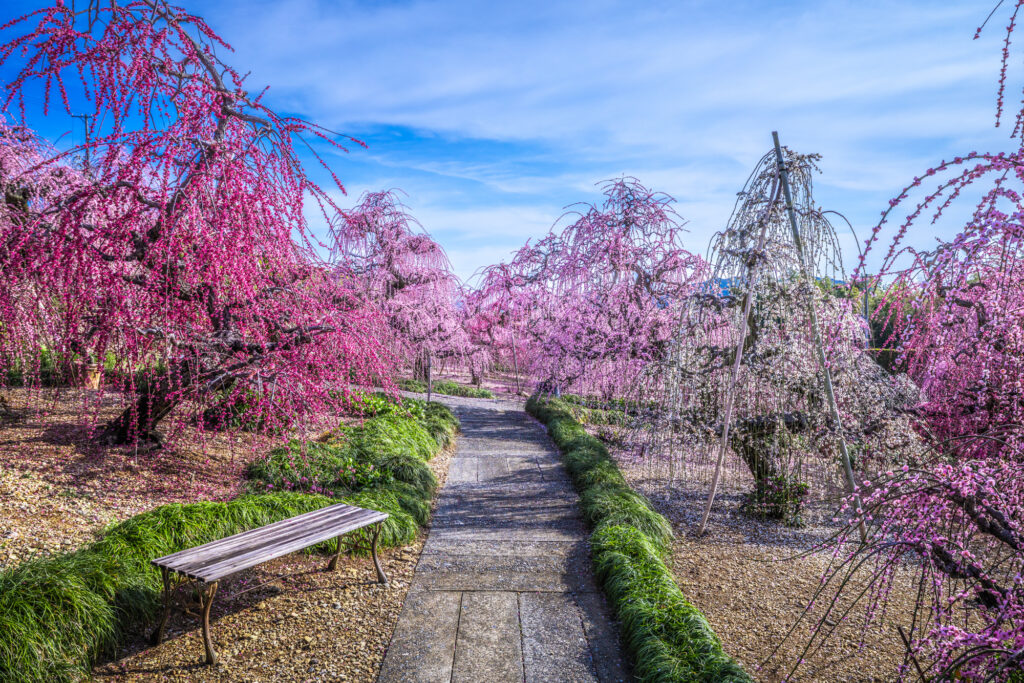Get to Know Hamamatsu

- Watch
Hamamatsu Museum of Musical Instruments: Explore the World’s Instruments at Japan’s Only Public Musical Instrument Museum
This time, we visited the Hamamatsu Museum of Musical Instruments, located just a 10-minute walk from the north exit of JR Hamamatsu Station. This year marks its 30th anniversary.
This time, we visited the Hamamatsu Museum of Musical Instruments, located just a 10-minute walk from the north exit of JR Hamamatsu Station.
The museum first opened in 1995 and is celebrating its 30th anniversary this year.
As you step inside, you’re greeted by large instruments that shine brilliantly, almost like sparkling jewels.

With their vivid colors and unusual shapes, the instruments on display instantly make you think, “Is this really a musical instrument museum?” They look so striking that it feels almost like admiring works of art.
The exhibits are thoughtfully designed so that even those who can’t read sheet music or don’t consider themselves musically inclined can still fully enjoy the museum.
As Japan’s only public musical instrument museum, the Hamamatsu Museum of Musical Instruments fascinates visitors by letting them see, touch, and experience instruments while discovering their unique charm.
In this article, we’ll be introducing the Hamamatsu Museum of Musical Instruments.
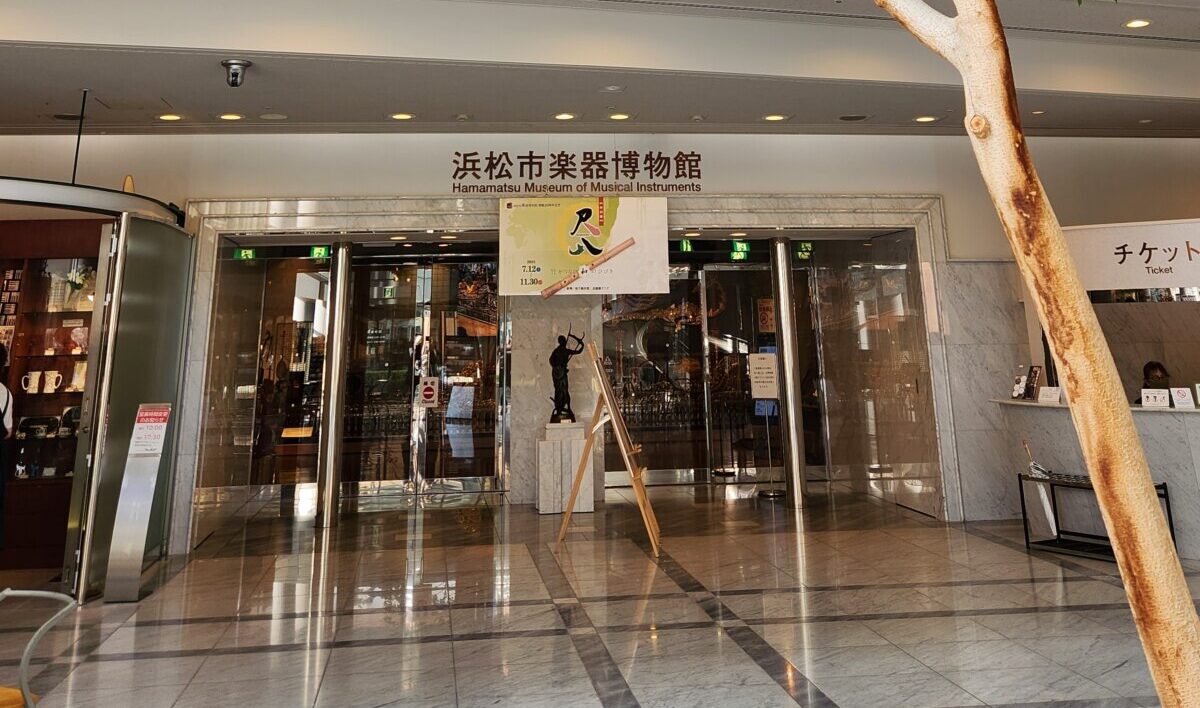
What is the Hamamatsu Museum of Musical Instruments?
The Hamamatsu Museum of Musical Instruments is Japan’s only public musical instrument museum, featuring exhibits of instruments and related materials from around the world, a Tenku Hall used for concerts, and an interactive experience room where visitors can freely play various instruments and sound-making devices.

Image Source: Hamamatsu Museum of Musical Instruments
“We aim to display instruments from around the world fairly and equally, exploring human wisdom and creativity through them,” says Mr. Hiroyuki Masuda, the museum’s public relations representative.
When you think of musical instruments, European instruments like the piano and violin or Japanese instruments like the shakuhachi and shamisen probably come to mind.
However, the Hamamatsu Museum of Musical Instruments goes beyond these, displaying instruments from Asia, Africa, Oceania, the Americas, and other regions of the world equally and without bias.
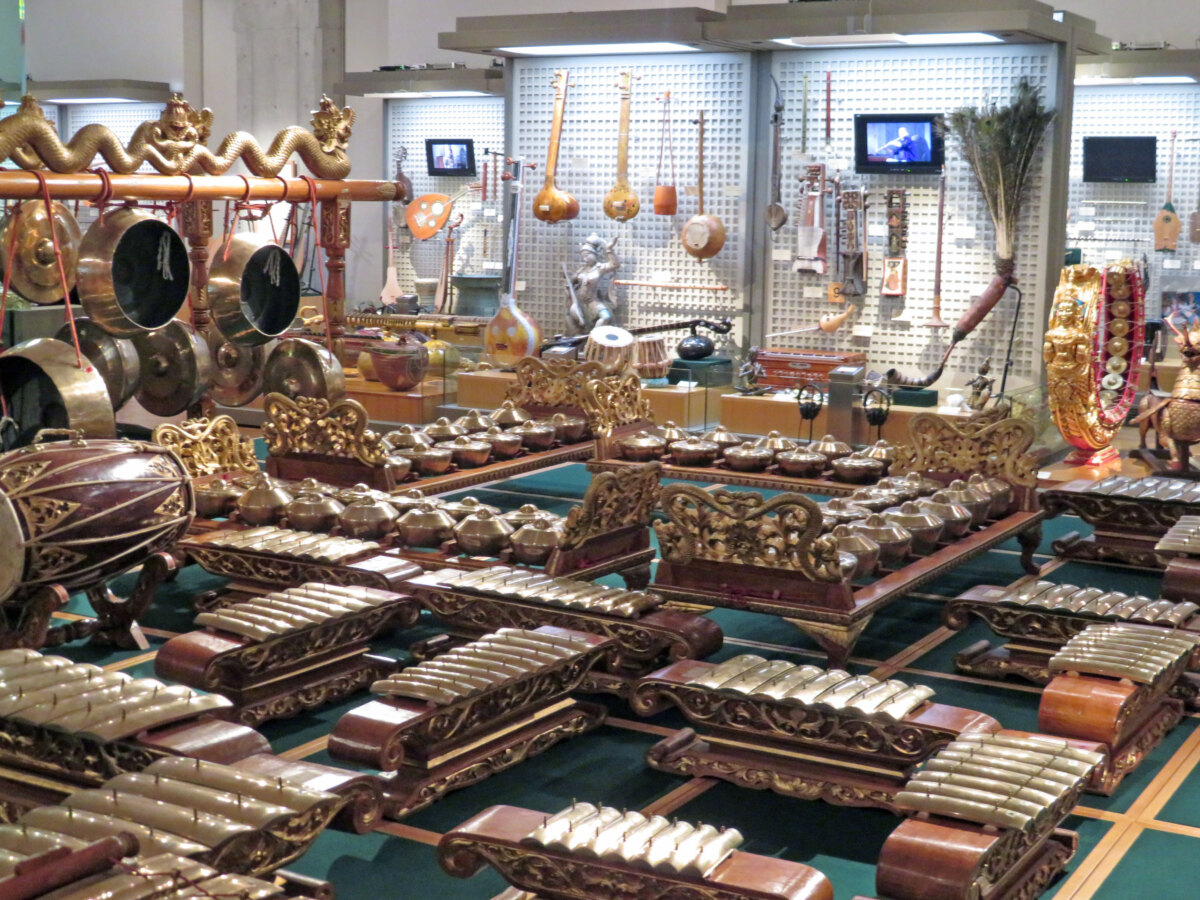
Image Source: Hamamatsu Museum of Musical Instruments (Asia)
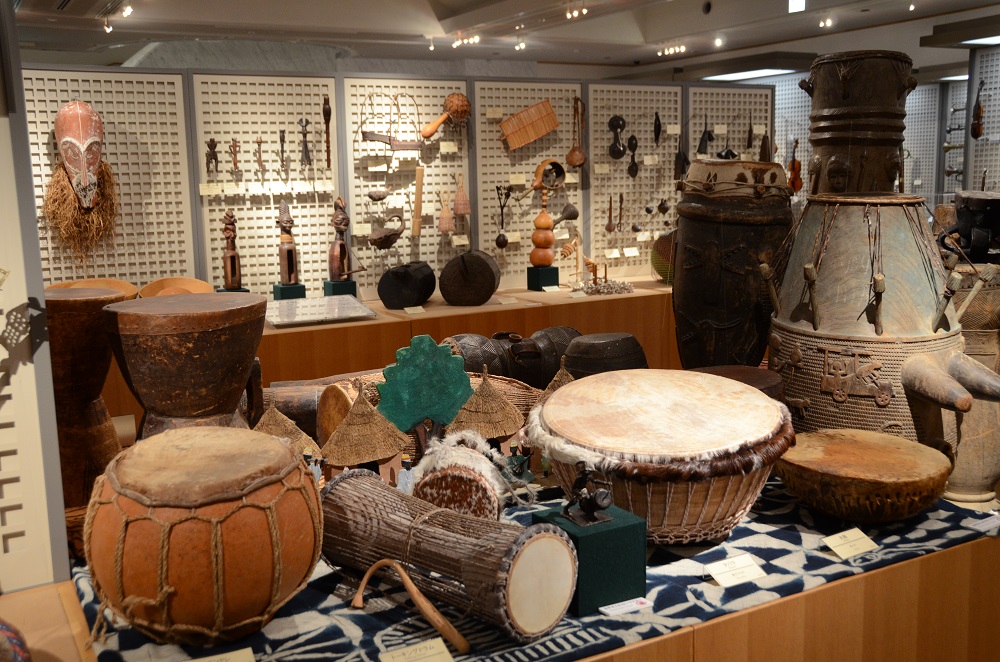
Image Source: Hamamatsu Museum of Musical Instruments (Africa)
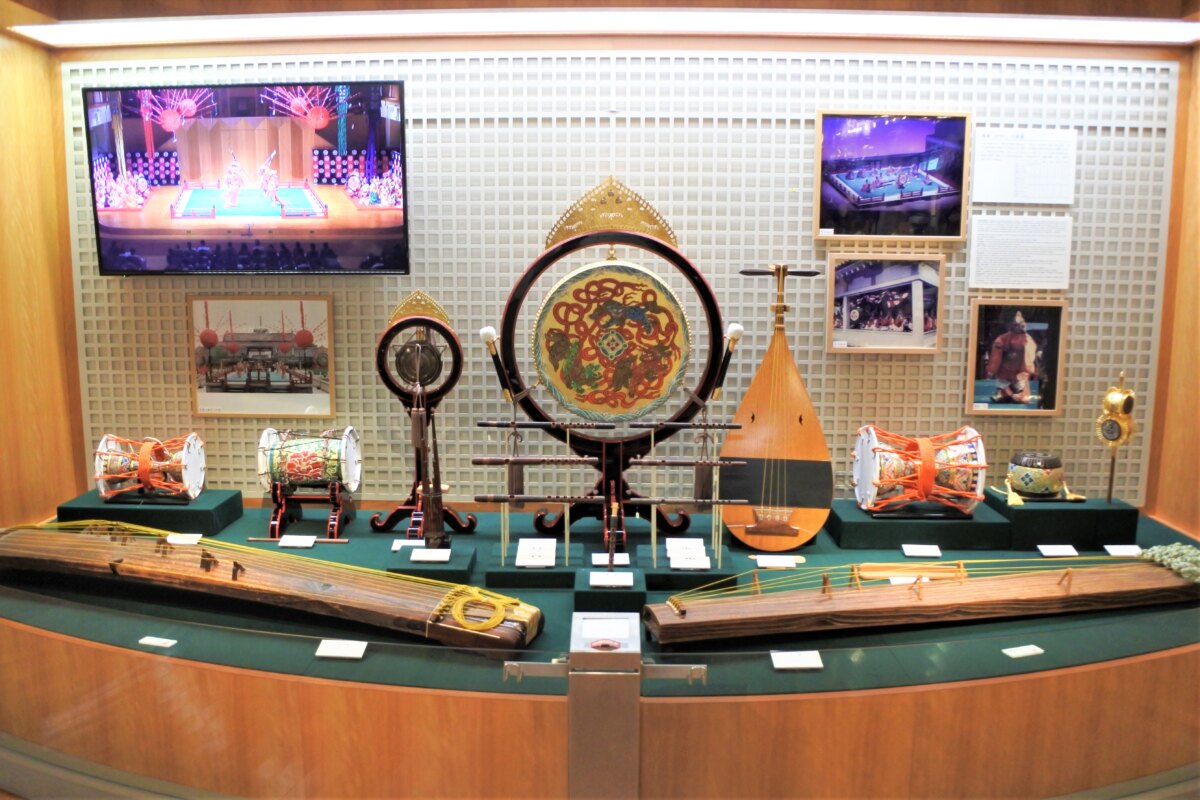
Image Source: Hamamatsu Museum of Musical Instruments (Japanese Gagaku)
As long as it’s a tool designed to produce sound, it can be displayed as a musical instrument.
This includes unusual instruments made from animal claws or even the shells of animals that are commonly eaten in that region.
You can also learn about the climate, culture, and historical background of each country alongside the instruments.

Hamamatsu Museum of Musical Instruments – Highlights Guide
Highlight 1: “Seeing” the Instruments
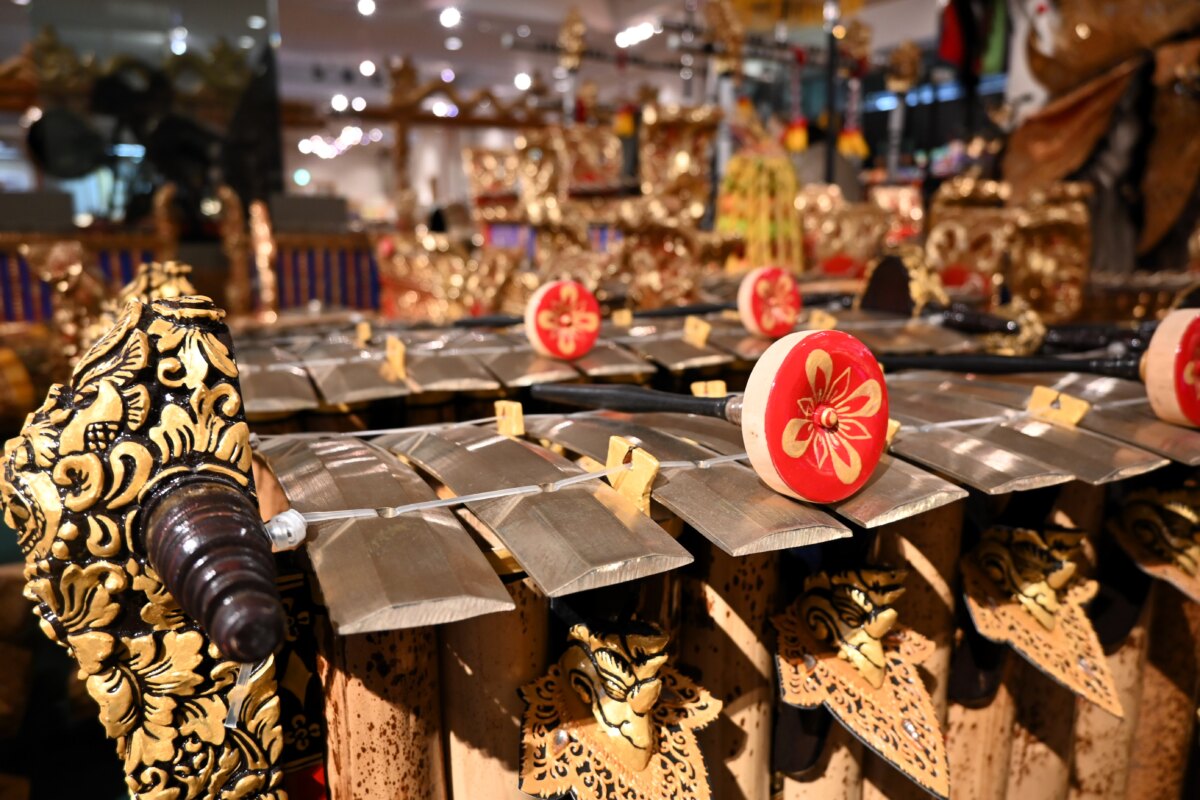
Image Source: Hamamatsu Museum of Musical Instruments (Balinese Gamelan)
The Hamamatsu Museum of Musical Instruments houses approximately 3,300 instruments, with around 1,500 of them on display.
Most of the instruments are displayed without glass cases, allowing visitors to get close and view them from various angles, experiencing their materials and textures up close.
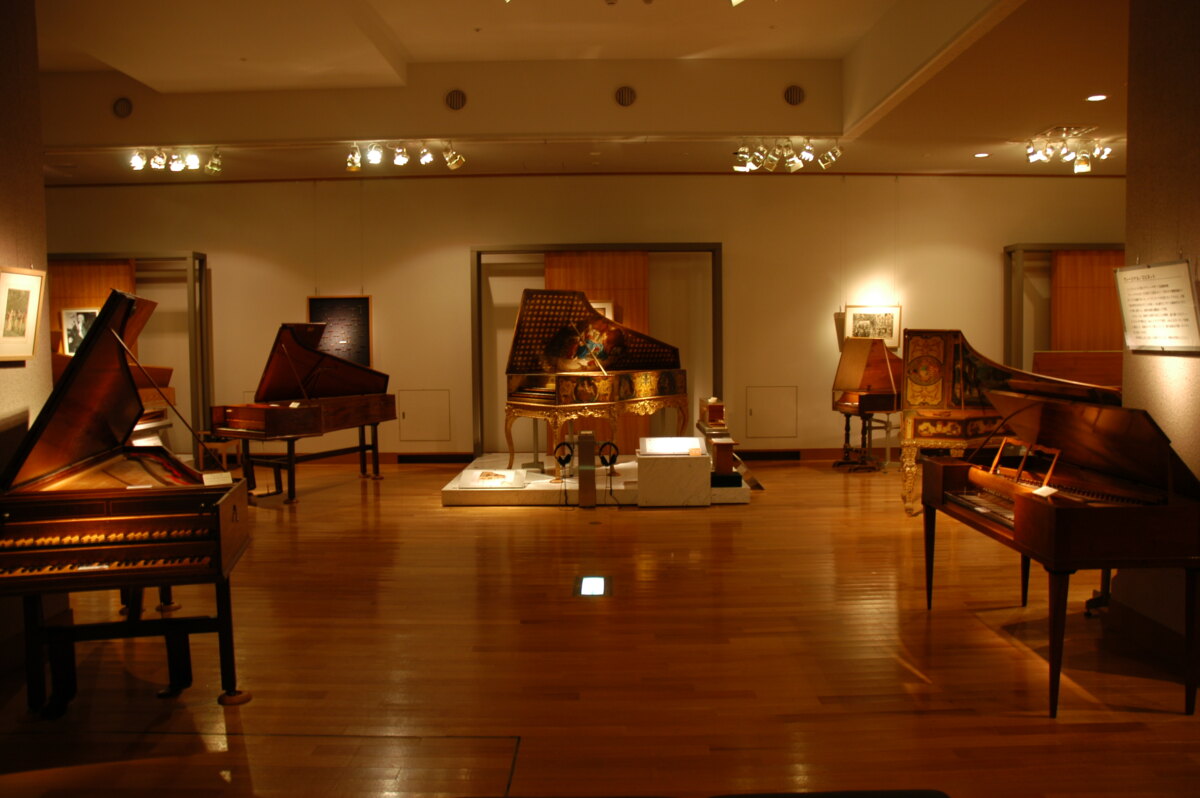
Image Source: Hamamatsu Museum of Musical Instruments (Keyboard Instruments)
Mr. Masuda from the museum’s public relations team shared, “You can also make interesting discoveries, like keyboard instruments with dazzling decorations on the front, while the back reveals the natural wood grain.”
However, since the displayed instruments are valuable cultural assets, they cannot be touched.
Please enjoy them while following the rules.

Highlight 2: “Listening” to the Instruments
The museum also displays rare instruments from around the world.
You might find yourself wondering, “What do these instruments sound like?”
Inside the museum, you can enjoy the sounds of the instruments and videos of performances through speakers and video monitors.
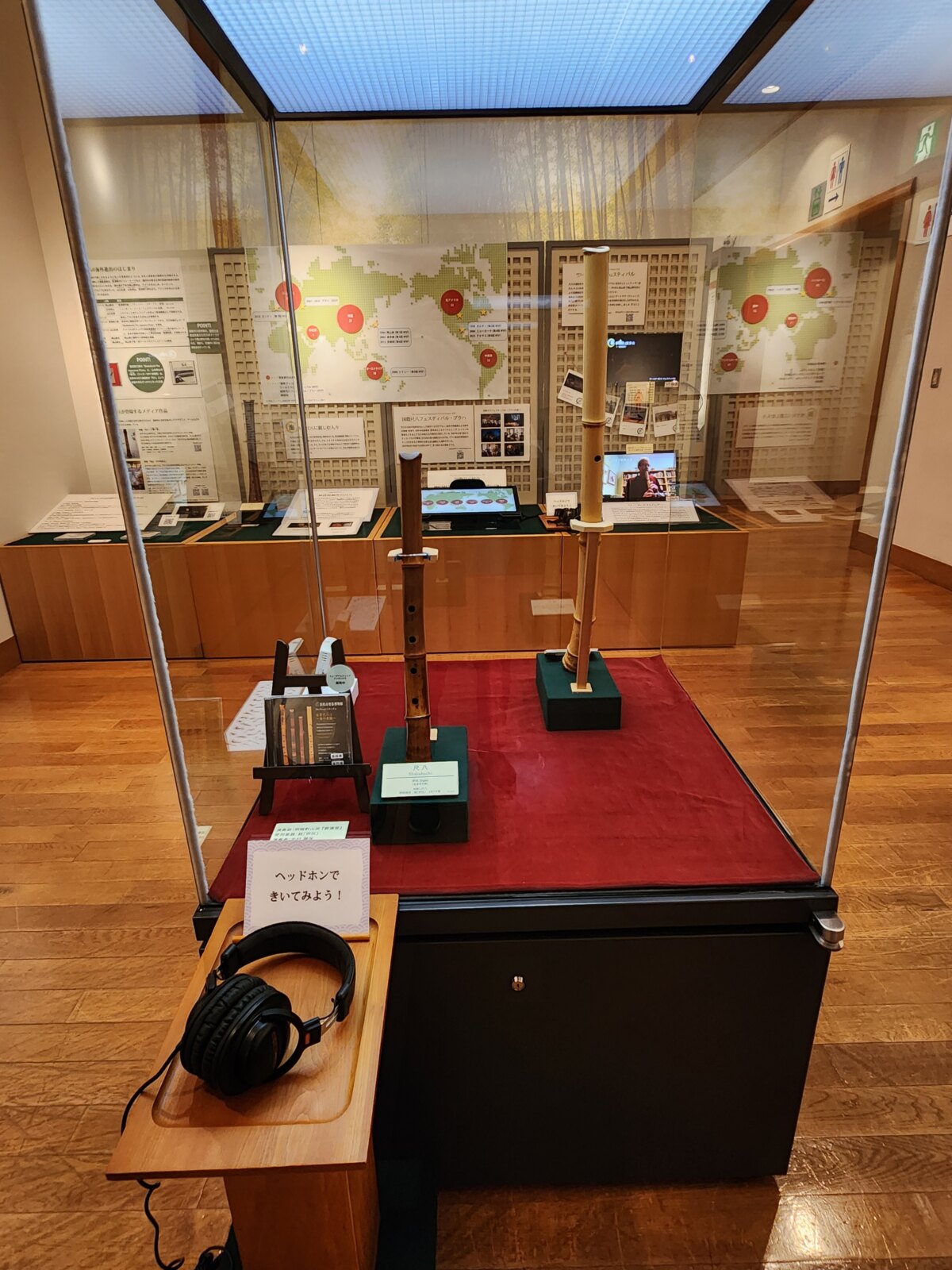
Detailed explanations about the instruments are available through headphone guides, which can be borrowed for free at the booth on the right as you enter the museum.
The headphone guide includes 80 titles from the museum’s collection, letting you hear explanations of the instruments along with their sounds.
Additionally, the museum offers Gallery Talks several times a day, each lasting about 10 minutes, where staff provide explanations about the instruments on display.
For instruments that can be played, the staff demonstrate them live, letting you hear their authentic sounds.

On the day of our visit, the staff were giving a demonstration and explanation of the Javanese Gamelan, an instrument from Indonesia, located on the left side of the entrance.
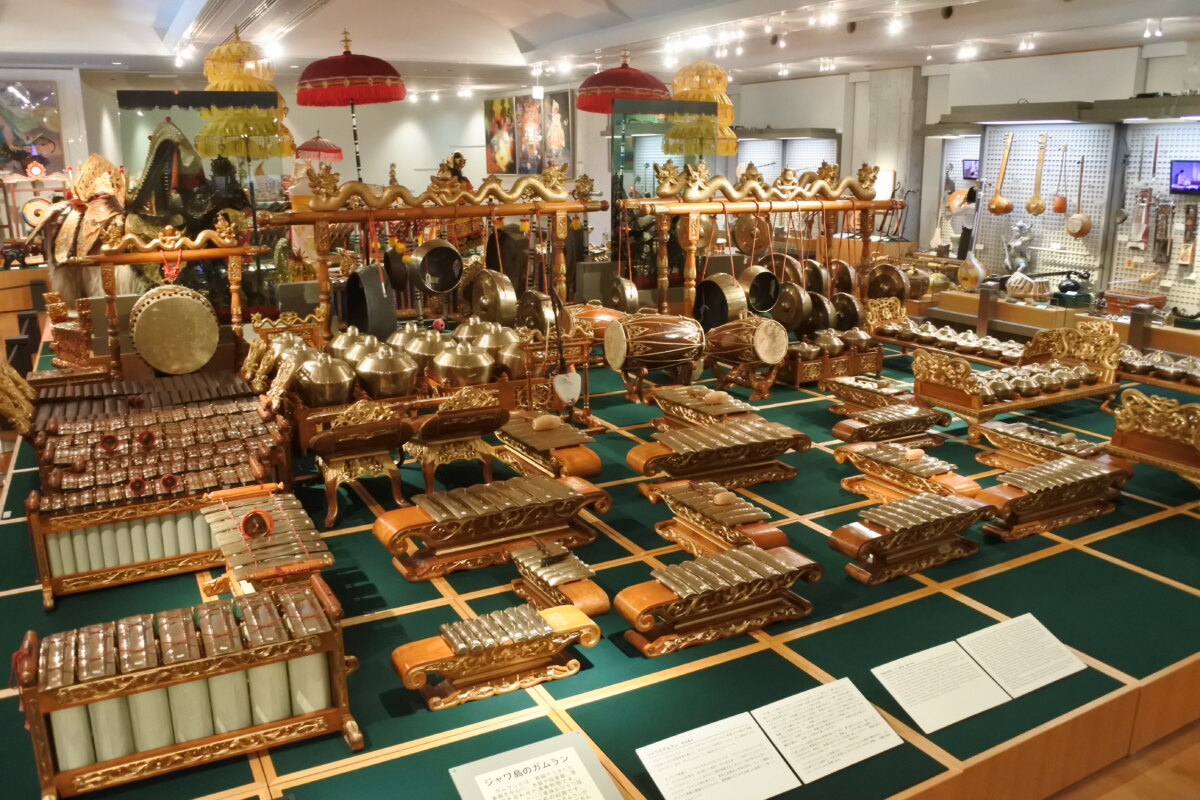
Image Source: Hamamatsu Museum of Musical Instruments (Javanese Gamelan)
We were able to hear fascinating details about the instrument’s playing techniques, history, and scale.
The schedule of the talks is posted at the entrance, so be sure to check it out!
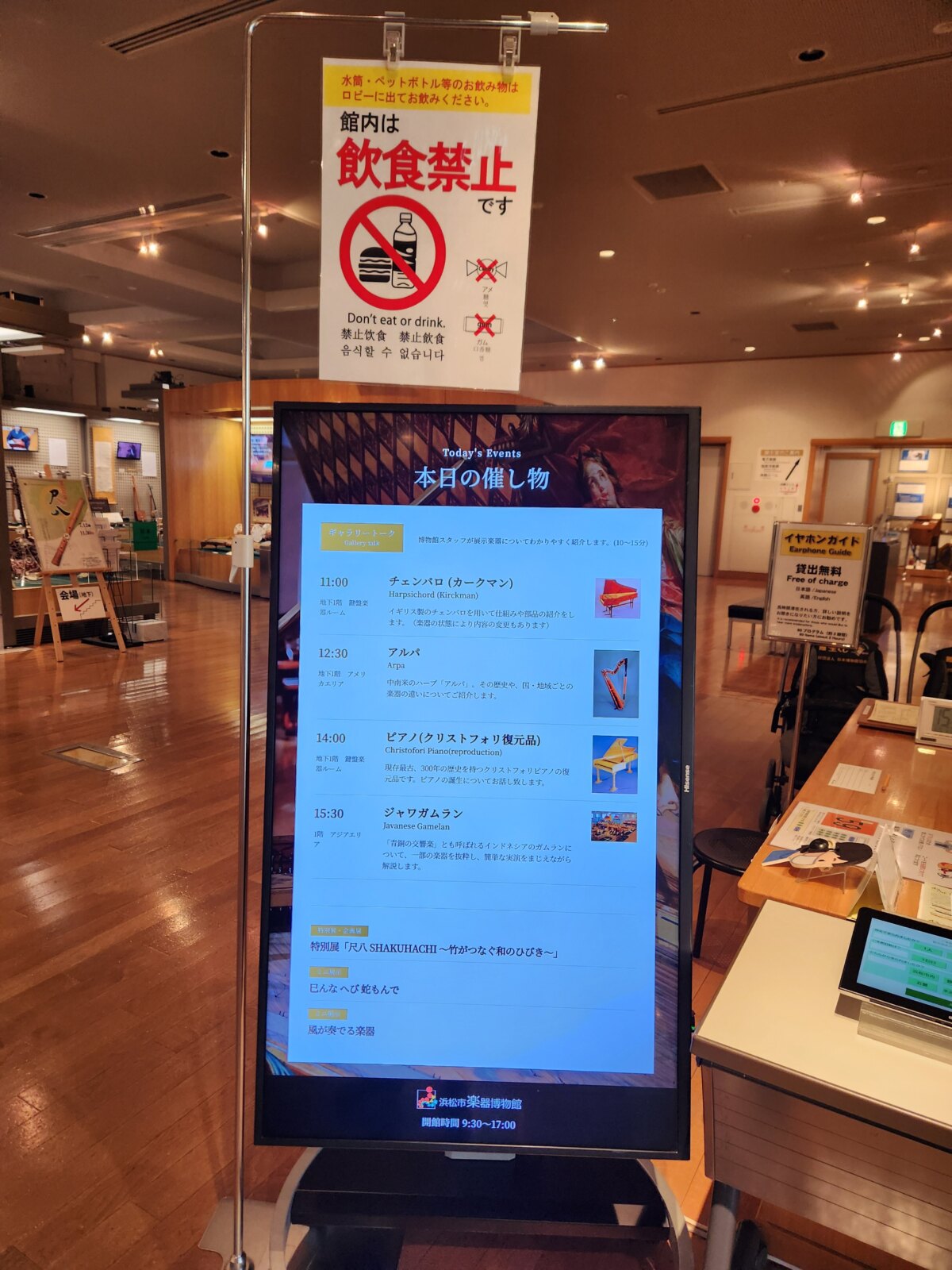
Highlight 3: “Touching” the Instruments
For those who want to try playing an instrument or see what it sounds like, the museum offers an interactive area where you can freely play modern percussion, string, and electronic instruments.

Electronic drums, electronic taiko drums, and the morin khuur (horsehead fiddle) are said to be very popular.
You can also play nostalgic instruments like the old-fashioned foot-pumped reed organ.
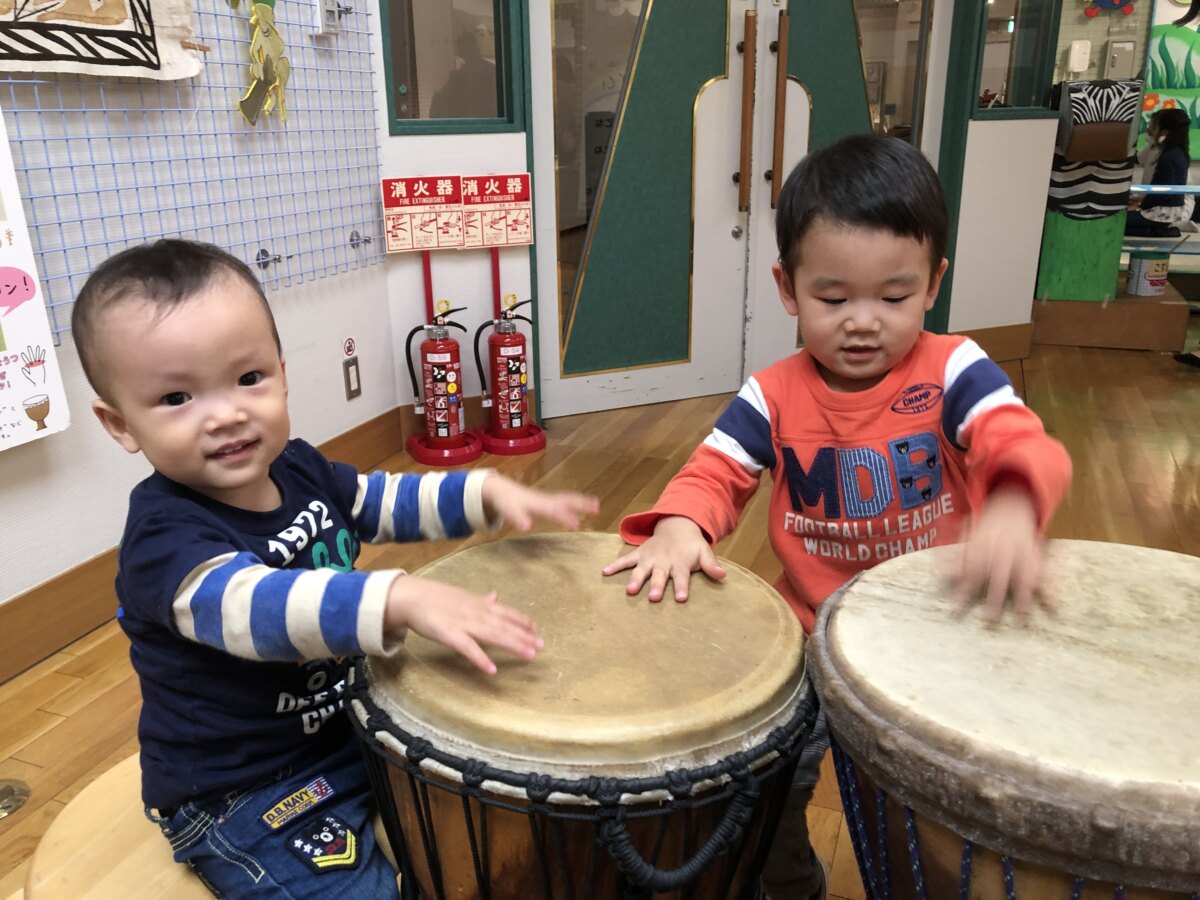
Image Source: Hamamatsu Museum of Musical Instruments

The museum goes beyond just exhibitions, offering salon concerts, lecture concerts, workshops and classes, and even producing CDs using the instruments on display.
Additionally, the museum offers a wide range of programs designed to help more people understand and appreciate musical instruments.
You can check the dates for concerts and workshops on the official website, so be sure to take a look!
- Image Source: Hamamatsu Museum of Musical Instruments
- Image Source: Hamamatsu Museum of Musical Instruments
Hamamatsu Museum of Musical Instruments – Facilities & Services
Restrooms: Available on each floor
Nursing Room: Not available (please consult the staff if needed)
Rest Area: Not available
Free Wi-Fi: Available
Accessibility: Equipped with ramps, accessible restrooms, magnifying glasses for visually impaired visitors, exhibition pamphlets, and wheelchairs and strollers for loan
Coin Lockers: 32 available (free of charge)
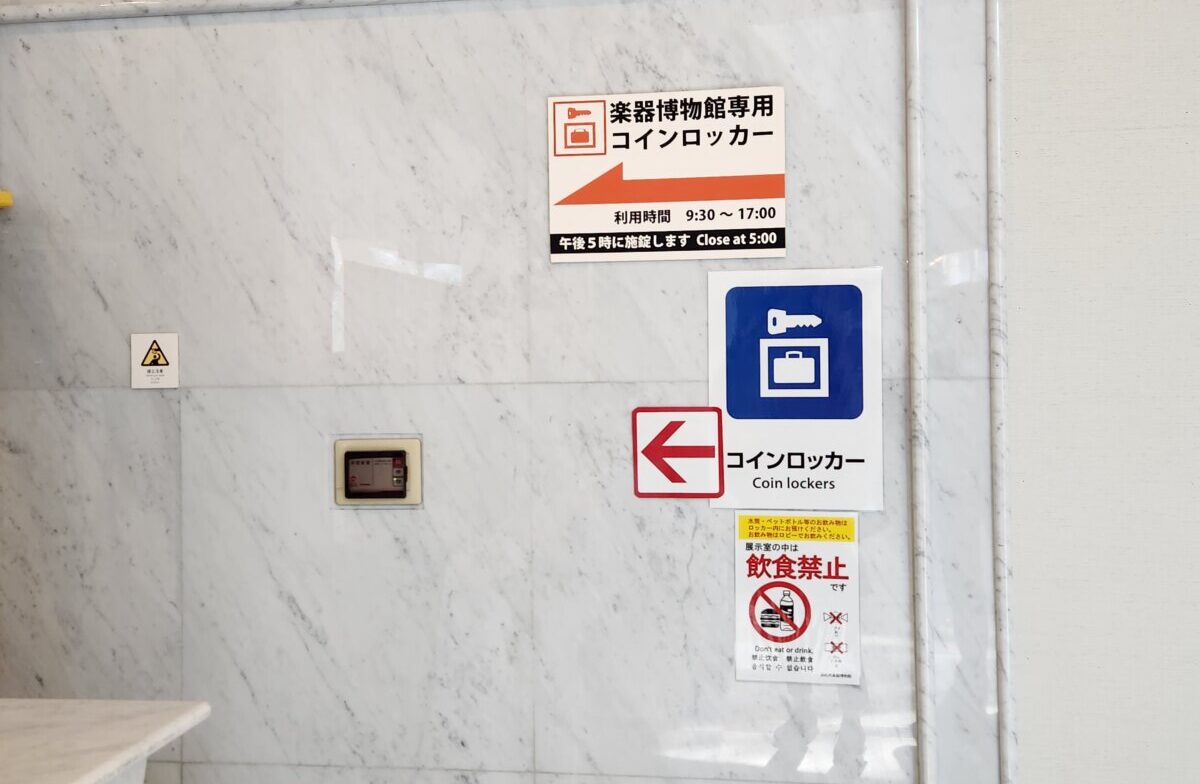
Gift Shop: Available (Museum Shop “Andante”)

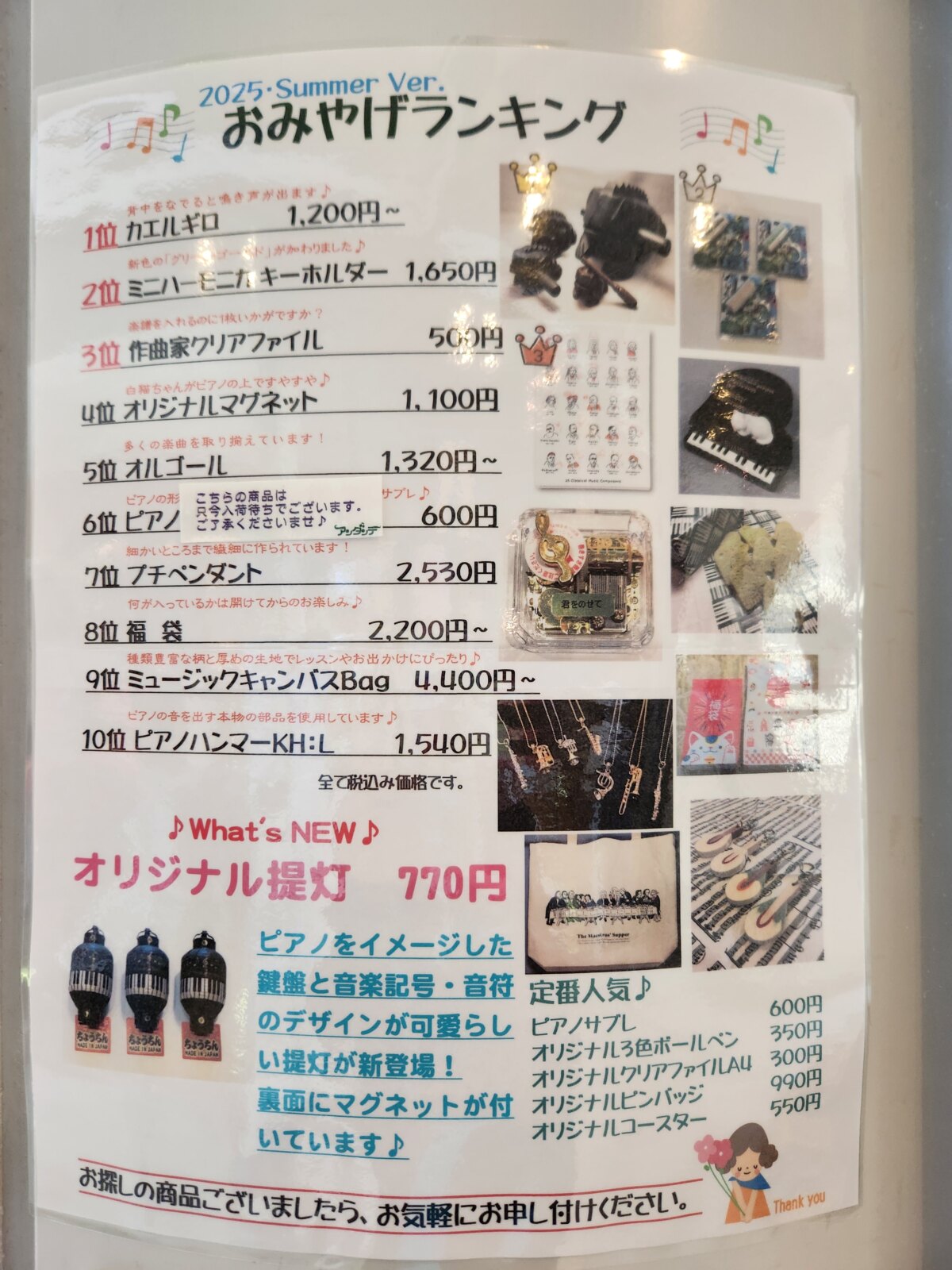
Cafe: Loro 3RD Cafe (closed for renovations until August 2026)

Recommended Items: Collection CDs (No. 3–58) produced using instruments from the museum’s collection
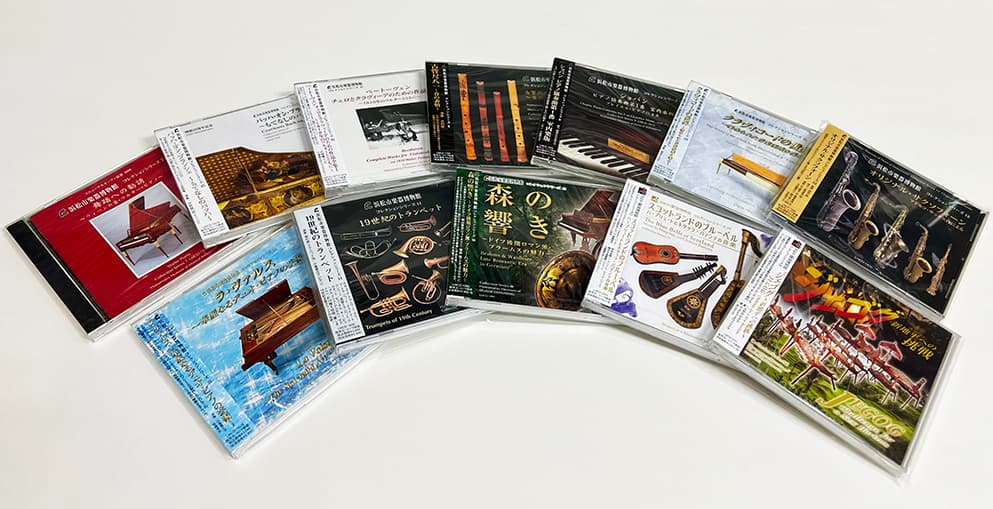
Image Source: Hamamatsu Museum of Musical Instruments
Hamamatsu Museum of Musical Instruments – Crowd Information
The peak visiting times on weekdays, weekends, and busy periods are around 11:00 AM – 12:00 PM and 2:00 – 3:00 PM.
If you want to avoid the crowds, it’s best to visit outside the peak hours.
However, there is no wait time for entry.
Hamamatsu Museum of Musical Instruments – Basic Information
Address: 3-9-1 Chuo, Chuo-ku, Hamamatsu-shi
Phone: 053-451-1128
Hours: 9:30 AM – 5:00 PM
Admission Fee:
.jpg)
Image Source: Hamamatsu Museum of Musical Instruments Official Website
Closed: 2nd and 4th Wednesdays of each month, New Year’s holidays, and facility inspection days (if a holiday falls on a closed day, the following day is observed; open throughout August)
*Closed for renovation from December 1, 2025, to July 10, 2026. (The dates may change. Please check the official website for the latest information.)
Reservations: Not required for individual visitors
Reservation Method: For groups, download the application form from the website and submit it by fax
Official Website: https://www.gakkihaku.jp/
Official Instagram: https://www.instagram.com/gakkihaku_official/
Official X (Twitter): https://x.com/gakkihaku
Official Facebook: https://www.facebook.com/gakkihaku
Official YouTube Channel: https://www.youtube.com/channel/UCdQ8rymoglEhyS-9uRlEjOw
Access: 10-minute walk from the north exit of JR Hamamatsu Station

Image Source: Hamamatsu Museum of Musical Instruments Official Website
Parking: No dedicated museum parking. Please use paid options such as Act City underground parking, Ekikita parking, or nearby coin-operated lots.
Tourist Attractions Around the Hamamatsu Museum of Musical Instruments

Hamamatsu Science Museum
Located close to Hamamatsu Station, the museum is surrounded by several tourist spots that are also easy to access from the station.
You can also venture a little further to places like Hamamatsu Castle Park.
Nearby Attractions
・Hamamatsu Science Museum “Mirai-ra”
・Okura Act City Hotel Hamamatsu – Observation Gallery
・Hamamatsu Castle Park
Be sure to stop by these spots along with the Hamamatsu Museum of Musical Instruments.
Looking for activities in Hamamatsu and Lake Hamana?
↓↓ Check out here ↓↓
A Message to Our Readers from Mr. Masuda, PR Representative of the Hamamatsu Museum of Musical Instruments
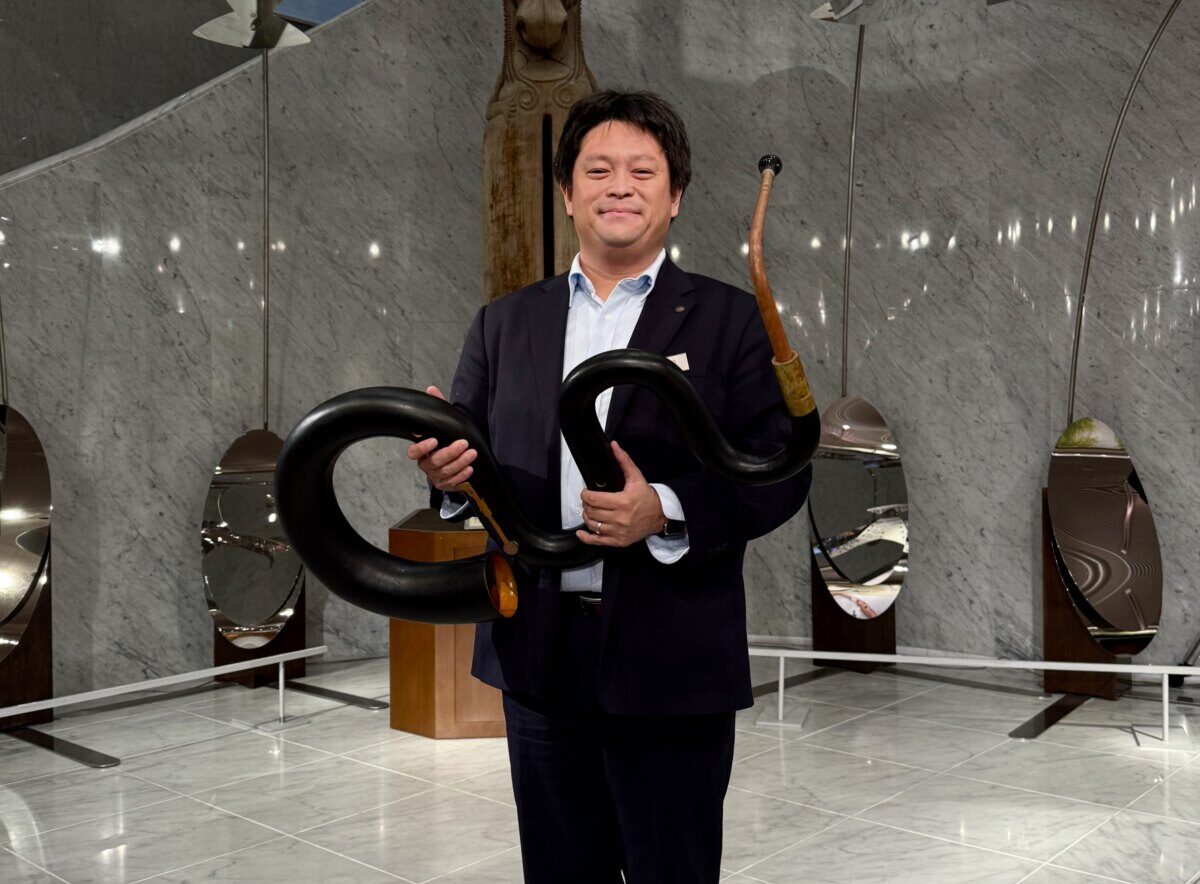
“The Hamamatsu Museum of Musical Instruments is not a music museum.
It’s true that instruments are made to perform music, and none are created solely for display.
However, instruments are tangible objects—visible and physical—not just the invisible sounds of music.
 ̄ ̄ ̄ ̄ ̄ ̄ ̄ ̄ ̄ ̄ ̄ ̄ ̄ ̄ ̄
In this article, we introduced the Hamamatsu Museum of Musical Instruments, located just a short distance from Hamamatsu Station.
A special exhibition titled “Shakuhachi – The Bamboo Connection to Japanese Sounds” is being held until November 30, 2025.
This special exhibition is packed with the charm of Japan’s traditional instrument, the shakuhachi.
There’s also a spot where you can take photos dressing up as a Komusō monk using a shakuhachi and canopy props.
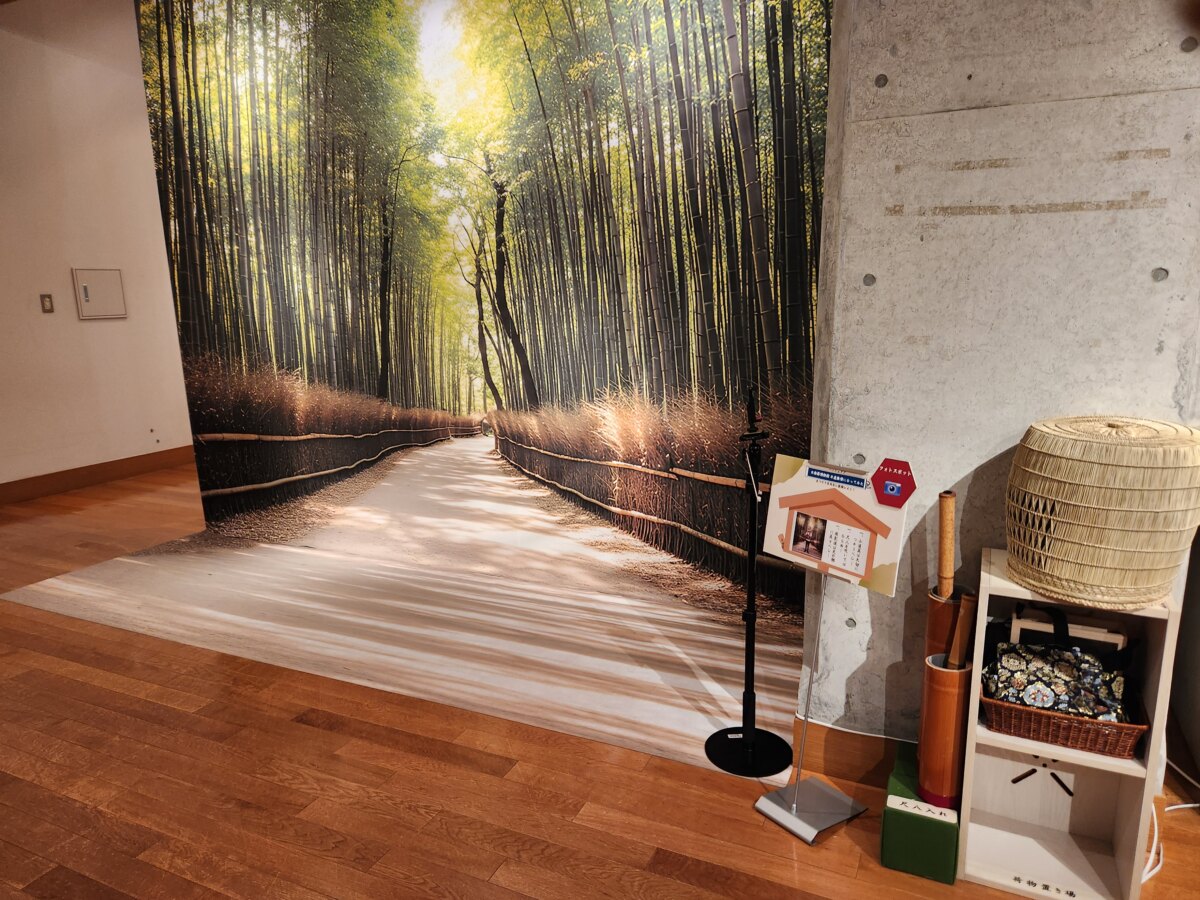
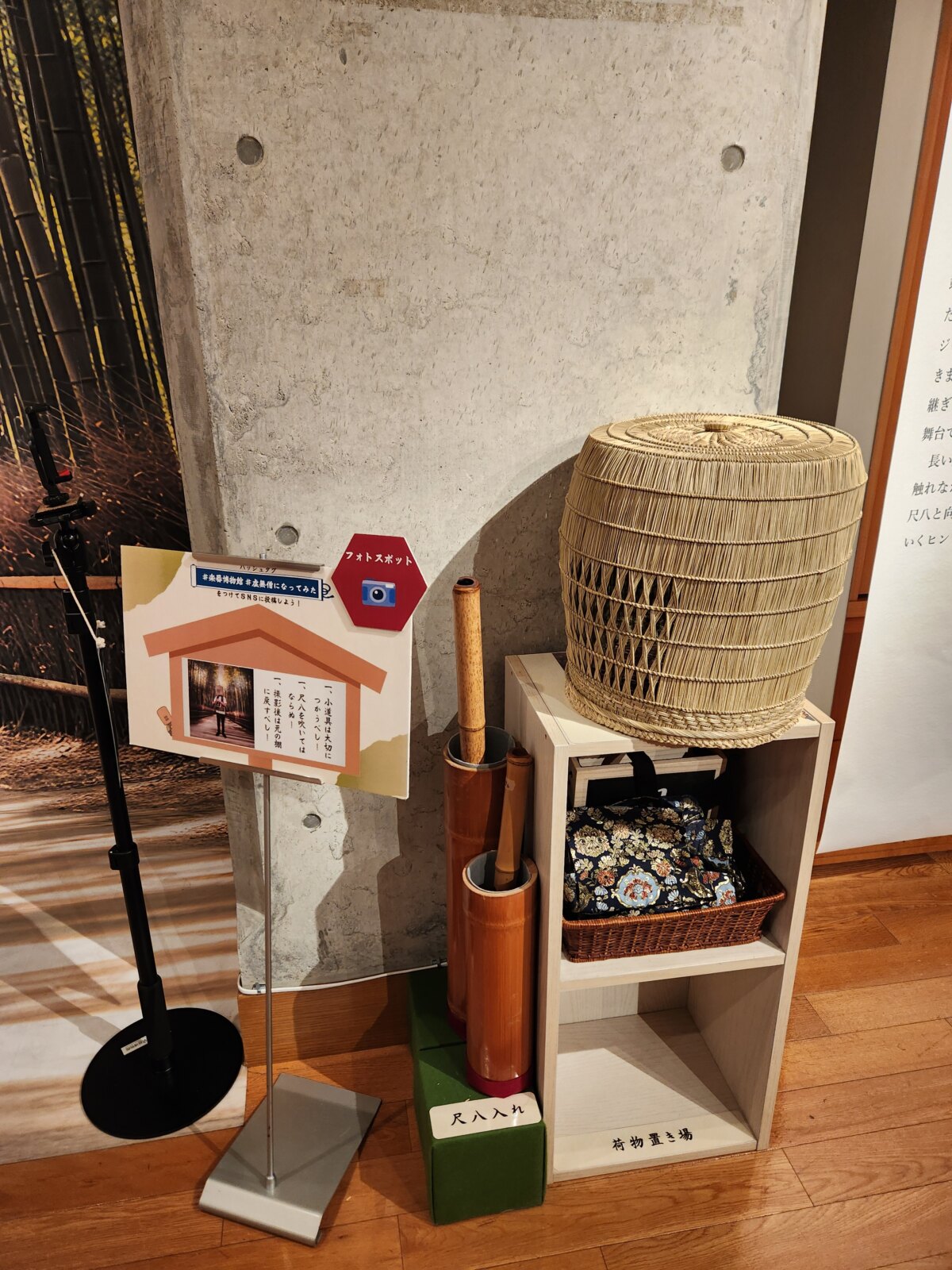
Just walking through the museum, you’ll find a space full of excitement—be sure to visit and experience it for yourself!
Special Thanks: Hamamatsu Museum of Musical Instruments
Image Source: Hamamatsu Museum of Musical Instruments

Hamamatsu Science Museum “Mirai‑ra” — Partial Renovation in Spring 2025 & Must‑See Highlights
